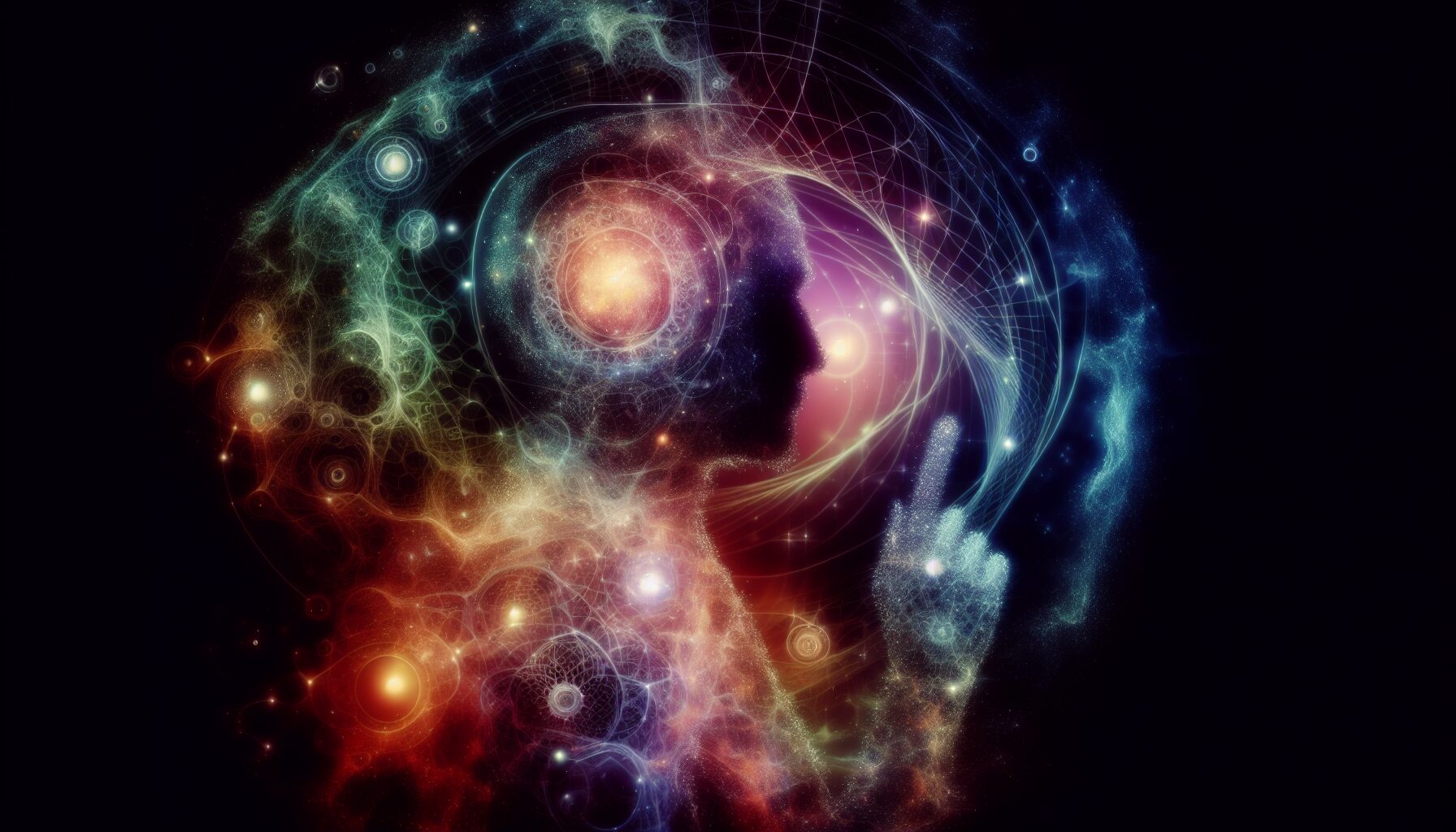In the realm of psychology and myth, the concept of archetypes — those universal, archaic symbols and images that derive from the collective unconscious — continues to captivate the modern imagination. These primordial shadows linger just beyond the fringes of our conscious awareness, influencing our thoughts, behaviors, and the stories we tell.
The notion of archetypes was popularized by the Swiss psychiatrist Carl Gustav Jung. He proposed that these elements are manifestations of themes deeply ingrained in humanity, appearing in various forms across cultures and epochs. Jung stated, “The term archetype is often misunderstood as meaning certain definite mythological images or motifs, but these are nothing more than conscious representations; it would be more correct to call them archetypal images.” (source)
Understanding Archetypes
Archetypes reside in the unconscious realm, shaping human experience from the shadows. They are not inherited ideas but rather forms or patterns that mold the way we perceive and interpret the world.
- The Shadow: Represents the repressed, often darker aspects of our psyche. It embodies the unknown and is frequently reflected in the villains and monsters of myths and stories.
- The Anima/Animus: Symbolizes the gender opposite to the individual’s conscious identity, reflecting deeper, integral opposites within the self.
- The Self: Often visualized as a circle or mandala, this archetype represents the unified consciousness and the culmination of integrating other archetypes.
Impact on Modern Culture
Archetypes permeate all forms of storytelling, from ancient myths to contemporary narratives. The hero’s journey, as depicted in countless films and novels, draws heavily on archetypal structures. As Joseph Campbell noted in his influential work The Hero with a Thousand Faces, “A hero ventures forth from the world of common day into a region of supernatural wonder…” (Campbell Foundation).
In film, these archetypal figures are evident in characters like Luke Skywalker and Darth Vader, who embody the hero and the shadow respectively. These narratives resonate with audiences due to their connection to shared human experiences and subconscious motifs.
“Archetypes are like riverbeds which dry up when the water deserts them, but which it can find again at any time,” Carl Jung wrote, metaphorically describing the timeless shifts of human consciousness (Goodreads).
The exploration of archetypes invites us to delve into the depths of our psyche, unveiling the universality of human experience beneath the illusion of individual isolation. As we reflect on these primordial shadows, we connect with the shared journey of humanity, navigating the mysterious pathways of the mind.

Comments